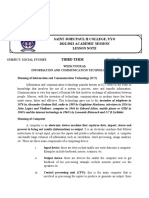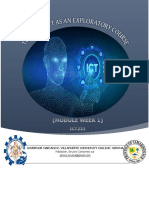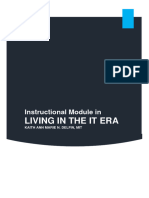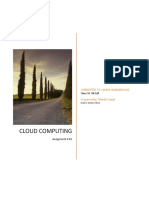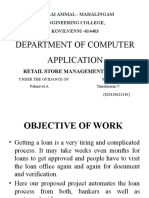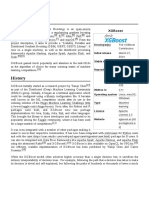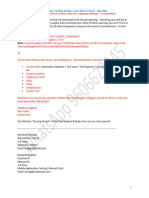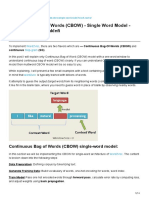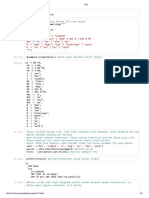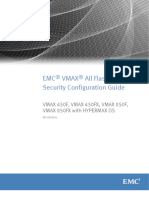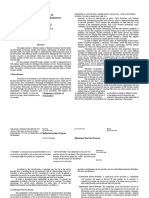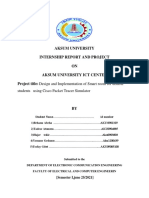0% found this document useful (0 votes)
43 views5 pagesModule 1
This module introduces fundamental concepts of Technology and Information and Communication Technology (ICT), emphasizing their importance in modern society. It covers the five core components of an ICT system: hardware, software, data, networks, and people, while also highlighting the transformative impact of ICT on communication, business, education, and healthcare. The module aims to enhance digital literacy and responsible technology use, equipping learners with essential skills for the digital age.
Uploaded by
Lexy Jannel ManaysayCopyright
© © All Rights Reserved
We take content rights seriously. If you suspect this is your content, claim it here.
Available Formats
Download as PDF, TXT or read online on Scribd
0% found this document useful (0 votes)
43 views5 pagesModule 1
This module introduces fundamental concepts of Technology and Information and Communication Technology (ICT), emphasizing their importance in modern society. It covers the five core components of an ICT system: hardware, software, data, networks, and people, while also highlighting the transformative impact of ICT on communication, business, education, and healthcare. The module aims to enhance digital literacy and responsible technology use, equipping learners with essential skills for the digital age.
Uploaded by
Lexy Jannel ManaysayCopyright
© © All Rights Reserved
We take content rights seriously. If you suspect this is your content, claim it here.
Available Formats
Download as PDF, TXT or read online on Scribd
/ 5


















